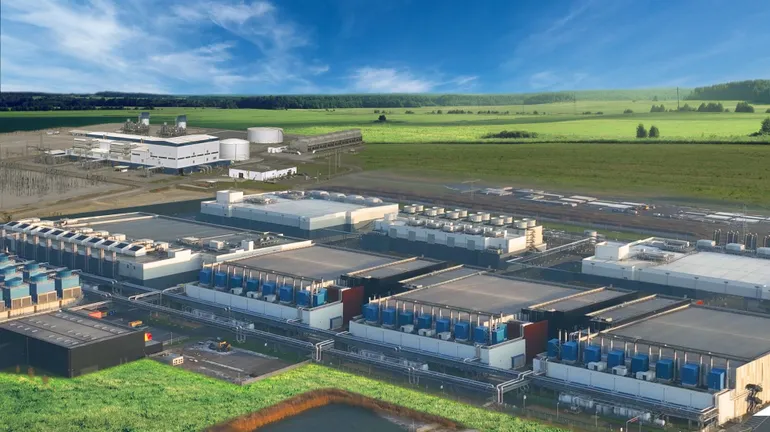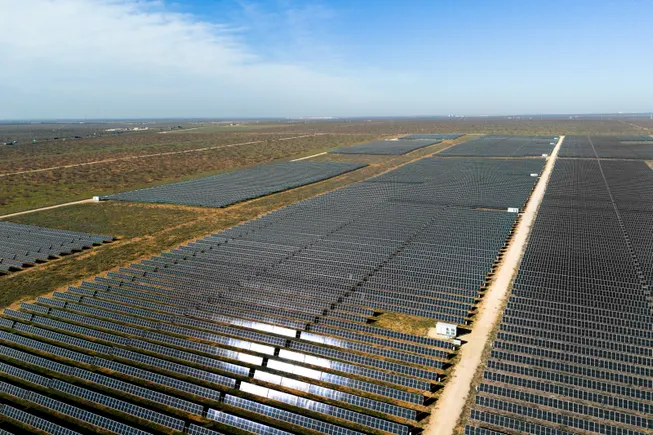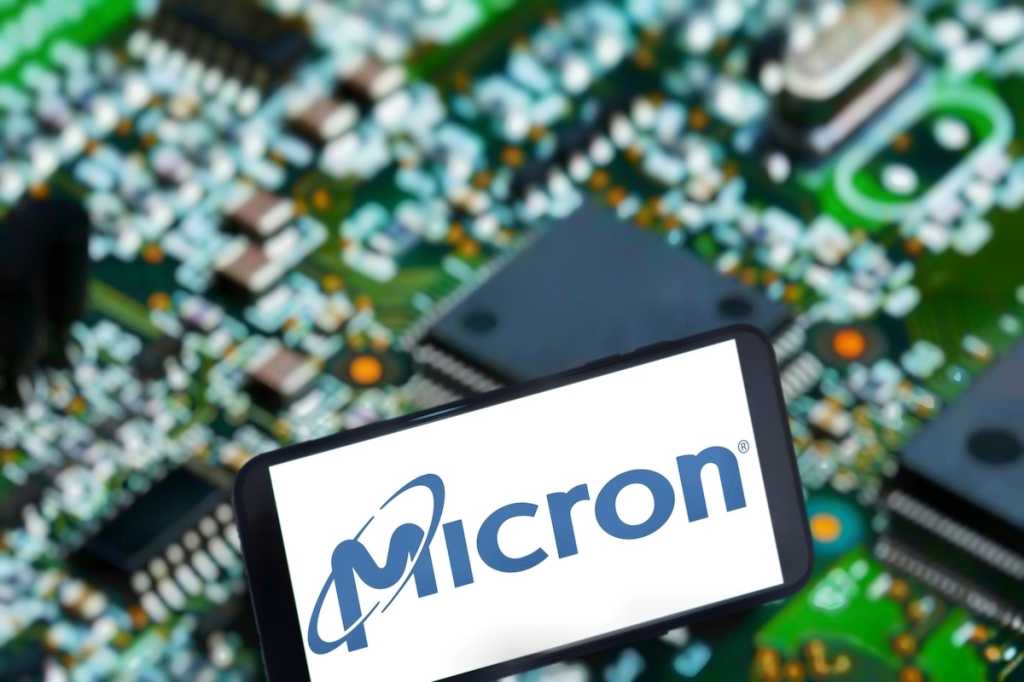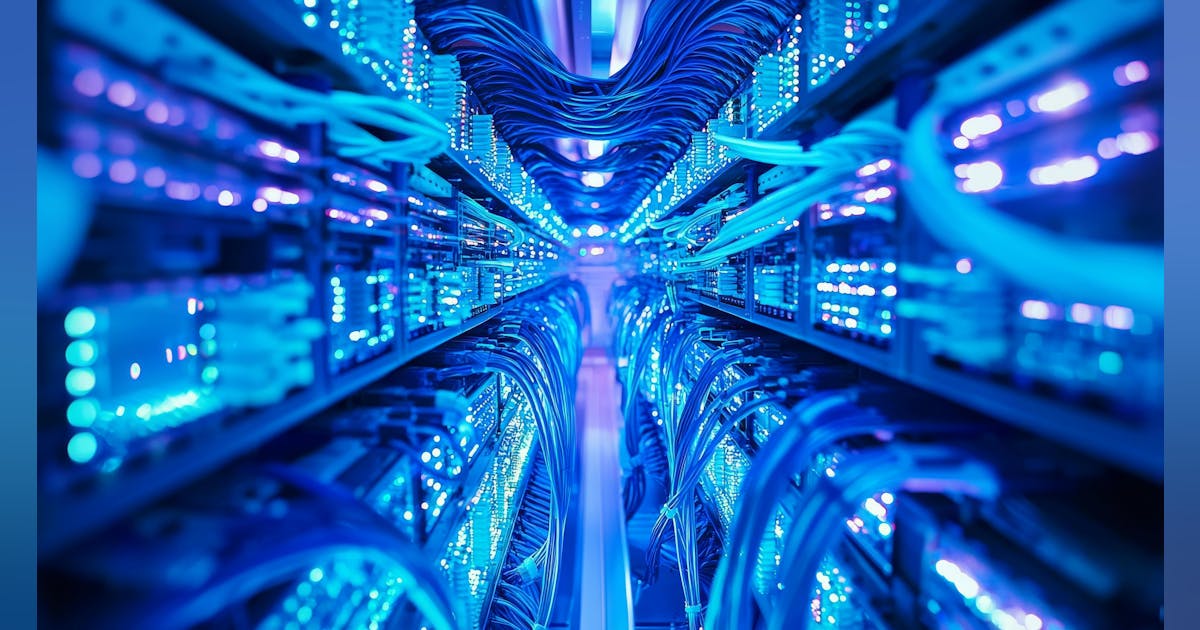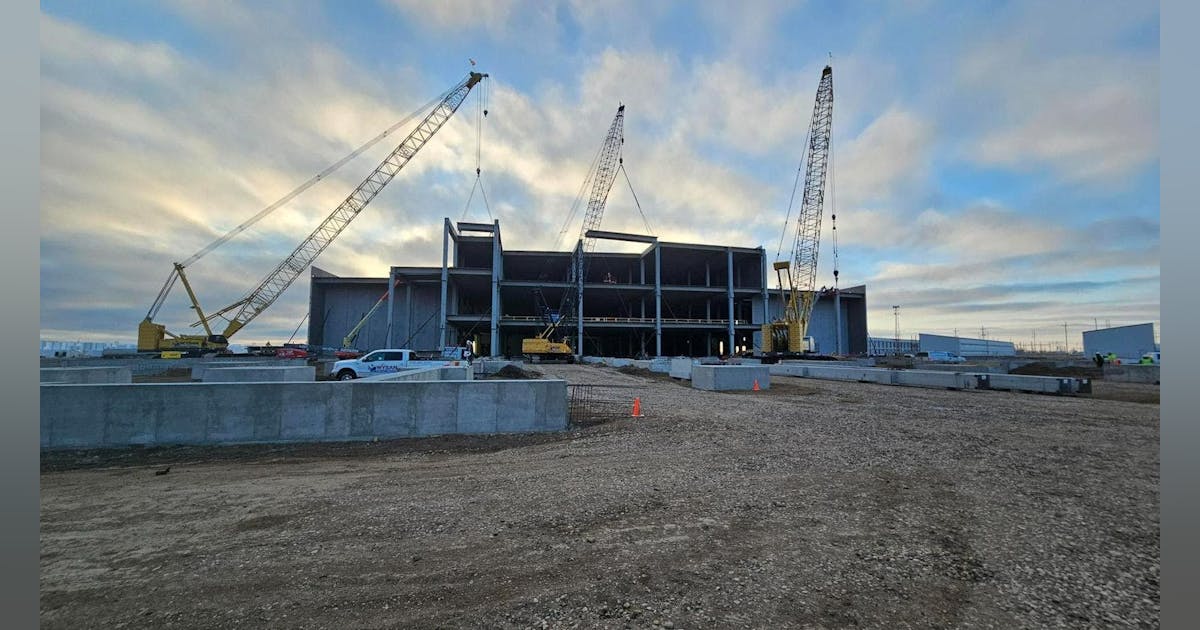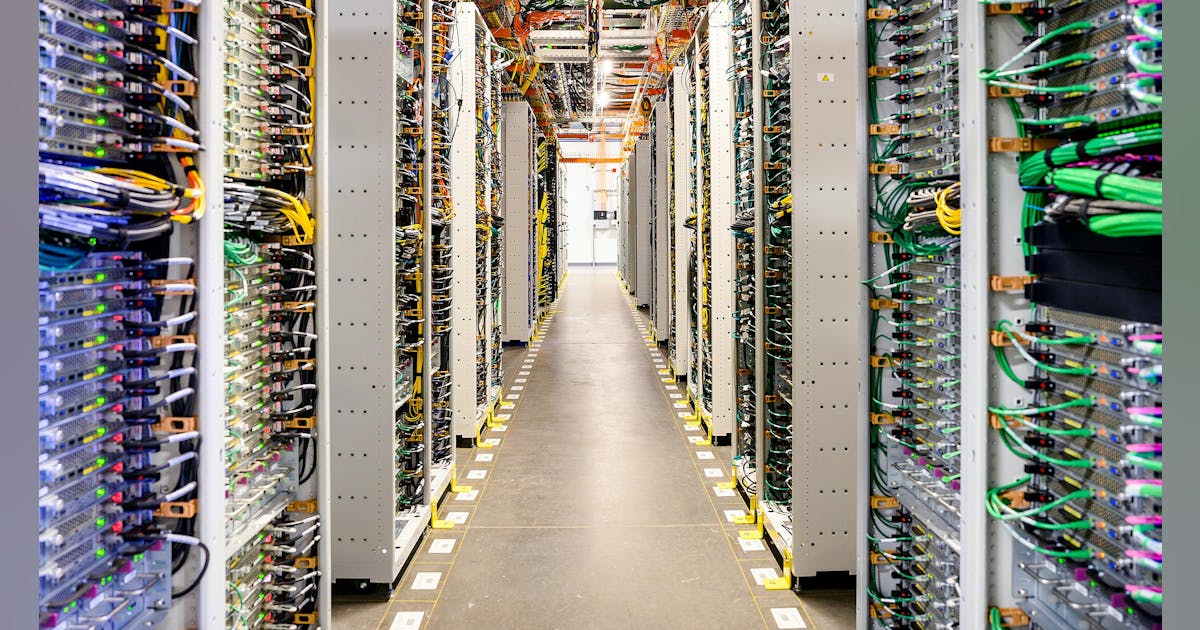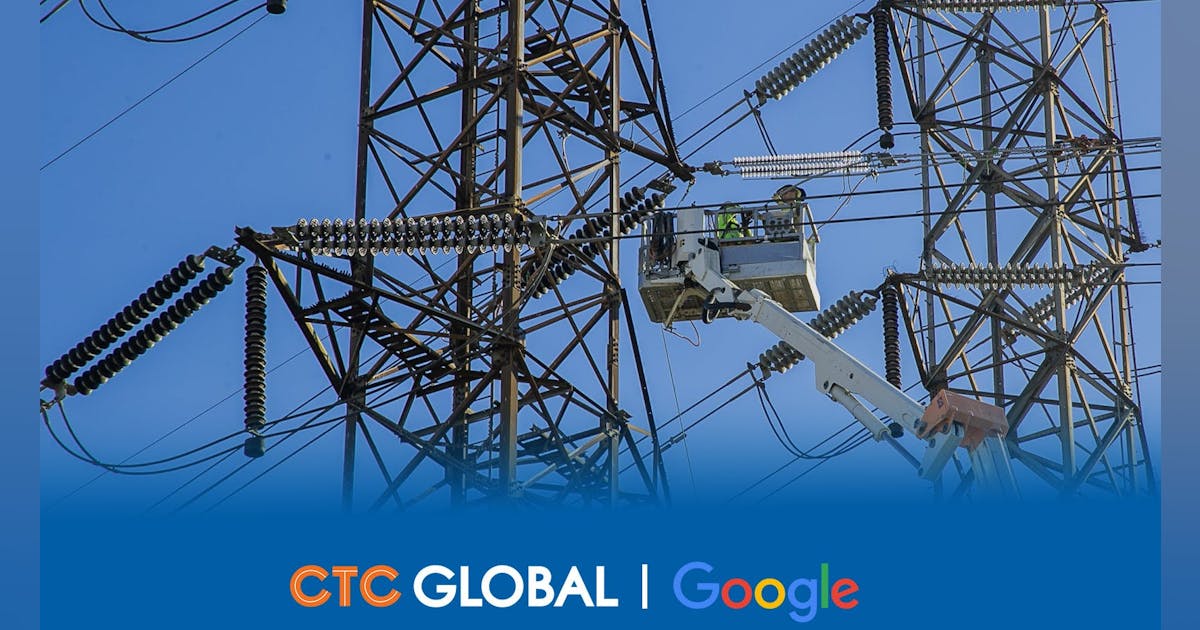Plus, 🪙 HYPE staking debuts, 🚨 the Bandit is back, 🏦 Tether bets on BTC, and more!
Happy 31st! I’m Tikta, a reporter at Unchained. Bring on the new year!
In today’s edition:
-
🤨 MIRA dad faces doubts
-
💰 HYPE rolls out staking
-
💸 High-profile hacker returns to haunt us
-
⛽ Tether’s bitcoin top-up
Earn 20%+ APR on ETH with High Growth Vault by Kelp
High Gain is your tokenized solution for generating the highest rewards on ETH in 1 click– while keeping you liquid with hgETH.
What’s Poppin’?
By Tikta
MIRA’s Siqi Chen Apologizes for ‘Panic Selling’ Own Token
Tech CEO Siqi Chen helped to raise millions of dollars on Christmas Day for his four-year-old daughter, Mira, whose diagnosis with a rare type of brain tumor inspired the creation of an eponymous Solana memecoin. Now, just a few days later, Chen has claimed that he inadvertently orchestrated a rug pull in a token he created named ZERO.
“i [sic] am so sorry i [sic] messed this up so badly on behalf of the $MIRA and Solana communities,” he wrote on X, vowing to make users whole with his personal funds. “i [sic] am committed to making sure mine and $MIRA’s integrity and mission is upheld.”
Chen said he created ZERO as a test token on Pump.fun, marking it with the description “this is going to zero … do not buy it,” and later said he “panic” sold 40% of the supply, netting himself around 444 SOL ($83,470).
He then claimed to have spent the full amount buying back in, “then burned everything i [sic] have so the community knows at least that i [sic] have made zero in profits from this.”
Although he said he is “still learning how this all works,” members of the crypto community aren’t necessarily convinced by his mea culpa. Two days ago, Chen claimed a “misclick” after buying 15% of Solana memecoin ChAIrity and exiting with a $60,000 profit after roughly 10 minutes.
Pseudonymous decentralized finance analyst The DeFi Edge noted that Chen’s claims to be a crypto newcomer don’t quite check out, based on tweets he posted years ago.
“It actually makes me sad to see this guy using his sick daughter for $ while larping as a crypto noob. He’s been around for many years now participating in the scene,”another user wrote on X.
HYPE Token Staking Goes Live on Mainnet
The Hype Foundation, the entity behind decentralized exchange Hyperliquid, has announced that staking of HYPE tokens is now live on its mainnet.
Users can stake HYPE to validators in exchange for earnings token rewards. The Hype Foundation said it will support high-performing validators through a delegation program, with more information to be announced in due course.
Staking went live with 16 genesis validators, and Hype Foundation validators had a stake of 99.9% of the total HYPE staked at launch. The foundation’s stake has since dropped to 88.8%.
At the time of writing, a total of 357.6 million HYPE tokens had been staked, representing a value of $9.4 billion.
Blockchain Bandit Moves $172M ETH After 2 Years
Infamous online thief Blockchain Bandit has resurfaced after two years, moving 51,000 ETH worth around $172 million to a new multi-signature wallet.
The transfers were flagged by pseudonymous blockchain sleuth ZachXBT, who noted in a Telegrampost that the funds had been moved in batches of 5,000 ETH on Dec. 30 between 8:54 p.m. UTC and 9:18 p.m. UTC.
The return of Blockchain Bandit has raised fears that the consolidated ETH could be used to fund further exploits.
The hacker originally stole funds between 2015 and 2018 through a method known as “ethercombing,” which involved using software to guess weak passwords and access private keys. Using that technique, the hacker successfully guessed 732 private keys and drained more than 10,000 cryptocurrency wallets.
Tether Shifts $776M Bitcoin to Reserve
Tether, the company behind the USDT stablecoin, has made a significant addition to its Bitcoin reserves.
Tether transferred 7,629 BTC, valued at approximately $705 million, from Bitfinex‘s hot wallet to its strategic Bitcoin reserve address on Dec. 30. Around two hours later, it transferred another 775 BTC to the reserve address.
The latest addition to Tether’s reserve, its largest in nine months, takes the stablecoin issuer’s total BTC holdings to 83,759 BTC.
In May 2023, Tether said it planned to allocate up to 15% of its net realised operating profits to bitcoin.
Unlock zero trading fees, up to 5.1% APY on USDC, boosted staking rewards and more with Coinbase One.
Try it free for a month with code UNCHAINED.
Daily Bits… ✍️✍️✍
-
🪙 Grayscale Research has added six tokens to its Top 20 list for the next quarter: HYPE, ENA, VIRTUAL, JUP, JITO, and GRASS.
-
📊 Artificial intelligence agent platform ai16z is considering a tokenomics overhaul and launching its own layer 1 blockchain network.
-
🏦 MicroStrategy has increased its bitcoin holdings for an eighth consecutive week, adding 2,138 BTC worth $209 million to its stash.
-
🚪 Seraphim Czecker, the head of growth at DeFi protocol Ethena is stepping down amid a broader strategic shift for the entity behind the fourth-largest stablecoin by market capitalization.
The $$$ Corner…
-
Zero knowledge-powered onchain credit analytics startup Accountable has raised $2.3 million in a seed round, and has plans to raise more capital in 2025.
What Do You Meme?
📈 Your Market Update 📉
-
BTC is up 0.5%, trading at $94,304
-
ETH is down 0.8%, trading at $3,392
-
BTC dominance: 54.3%
-
Crypto market cap: $3.44T
*All data as of today, 07:17 am ET. Source: CoinGecko
Recommended Reads
-
Blockworks: Why Bitcoin ETFs were just the beginning — new funds featuring memecoins and leverage are coming
-
CoinDesk: What the Key Metrics for Onchain Activity Say About SOL, ETH and Other Chains in 2025
We Are Hiring!
-
A Bitcoin Reporter to cover all things Bitcoin. See the details and apply here.
-
An Audience Development Director to broaden the reach of the publication’s content, whether through the web, social media, newsletters, podcast platforms, or videos. See the details and apply here.
🔝 Are you hiring and want to promote the postings in the Unchained newsletter? Let us know!
Thank you for reading Unchained. This post is public so feel free to share it. 📩📤







